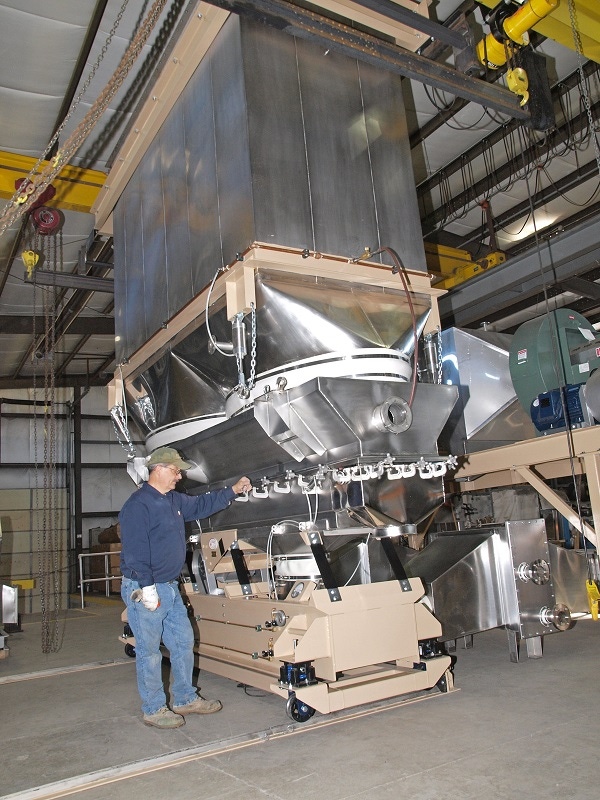December 11, 2019

Many business leaders understand the basic sensibilities involved in reusing heated process air as a green solution for conserving energy during drying but when done correctly, it can also translate into tangible financial returns. Here are three critical issues to consider before investing in the necessary recycling equipment, according to Larry Stoma, design engineer for the process equipment manufacturer The Witte Co., Washington, NJ. Witte developed this recycling concept during the 1970s to offset the jump in energy costs and has fine-tuned it in the years since.
1. Compare Process and Exhaust Air Temperatures
Materials such as salt and sand allow high process air temperatures upwards of 500°F, which may generate exhaust air of 250 degrees F. Capturing and returning this heated air into the process makes sense since it is far less costly to raise 250-degree air to 500 degrees than it is to raise ambient air up to 500°F. Conversely, since delicate materials such as seeds, cereals, and some plastics require processing at low temperatures from 100–200°F, the spread between the process air temperature and the exhaust air temperature may not be wide enough to warrant the investment in heat recovery equipment.
2. Product Drying Characteristics
Product characteristics such as particle size, shape, mass, porosity, and moisture content affect the rate and efficiency of energy transfer. Materials that dry easily such as carbon black, leave very little heat in the airstream to be recovered. Others that dry less efficiently, such as many vegetables, require the longer drying times and/or higher drying air velocities that leave enough heat in the airstream to make heat recovery viable.
3. How Much Air to Recycle?
To the uninitiated, 100 percent may be desired. But drying releases water vapor into the exhaust air stream and recycling this water vapor back to the product would defeat the original purpose. Most commonly, 50 percent of the supplied air is recycled. To recover the most heat at the highest operating efficiency, the heat needs to be captured from the first drying zone exhaust air with a heat exchanger before the air is exhausted. This captured energy can then be used to preheat the air going to the second drying zone of the fluid bed.
For more information, contact Larry Stoma, the Witte Company, Inc. at [email protected] or 908-689-6500, or visit www.witte.com.
Here are more drying articles that may interest you:
The Basics of Drying: An Amalgamation of Science, Technology, and Art
6 Considerations When Choosing an Industrial Dryer
Benefits of Tumble Blenders and Dryers
Algorithms: The Future of Vacuum Drying
You May Also Like


